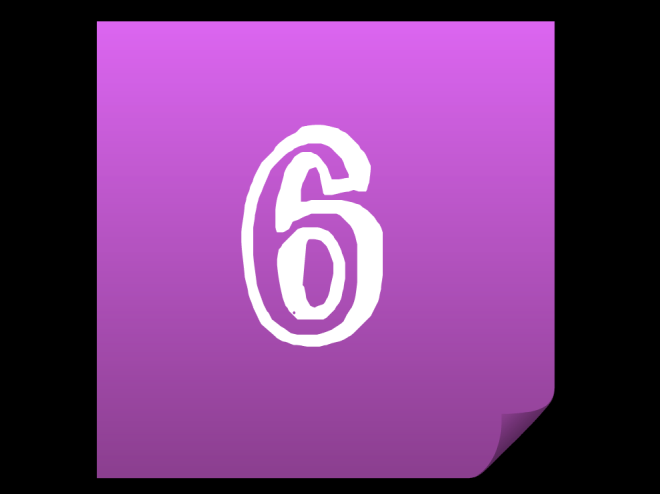Are You Ready for That Exam?
Intentional Study Breaks
Combating Procrastination
How to Use Practice Questions
Why Use Practice Questions?
Notion: A Game-Changer for Penn Students
Two of Our Ten Best Study Strategies
Last week, we opened our Mastering the Ivy League workshop series for undergrads new to Penn with a session called, 10 Best Study Strategies for Successful Students. Although we cannot reveal all 10 of these wonderful strategies here, we’d like to share two that we think undergraduate, graduate and professional students might all find useful.
Drum roll, please…

Identify your purpose for reading, preview the text, and read strategically.
This seems like common sense, but when faced with a long list of required readings or a heavy textbook, students often rush toward one of two ends of the reading strategies spectrum: 1.) skimming; 2.) cataloging every minute detail. The former may leave you feeling like you didn’t read anything at all. The latter may be unsustainable, given the demands of your other coursework.
In the 10 Best Study Strategies workshop, we ask students to please remember some simple reasons for reading these texts:

For instance, if you’re reading to say something in class, maybe “taking notes on the reading” means writing down three questions that you could ask in class. Or, if you’re reading to write a paper, you’ll develop a summary for each article or chapter and gather one or two key quotes. Keeping your basic purpose in mind will help you develop a more strategic approach to those very daunting syllabi.
And for your second and final freebee…
6. Make peer study a weekly routine.
You see your friends all the time. You live, eat, study, and recreate in very close proximity. But how often do you actually talk to each other about what your professors discussed in the lecture or what you’re reading on a given day?

Being intentional about having these conversations (on a weekly basis!) makes it easier to stay engaged with your courses, solidify concepts in your head, and prepare for class participation and your many exams. Don’t fall into the trap of waiting until the weekend before the big test to form a study group of 12 people that will only serve to stress you out. Find one or two committed peers (you don’t even have to be friends!) and make these conversations part of your weekly routine.

